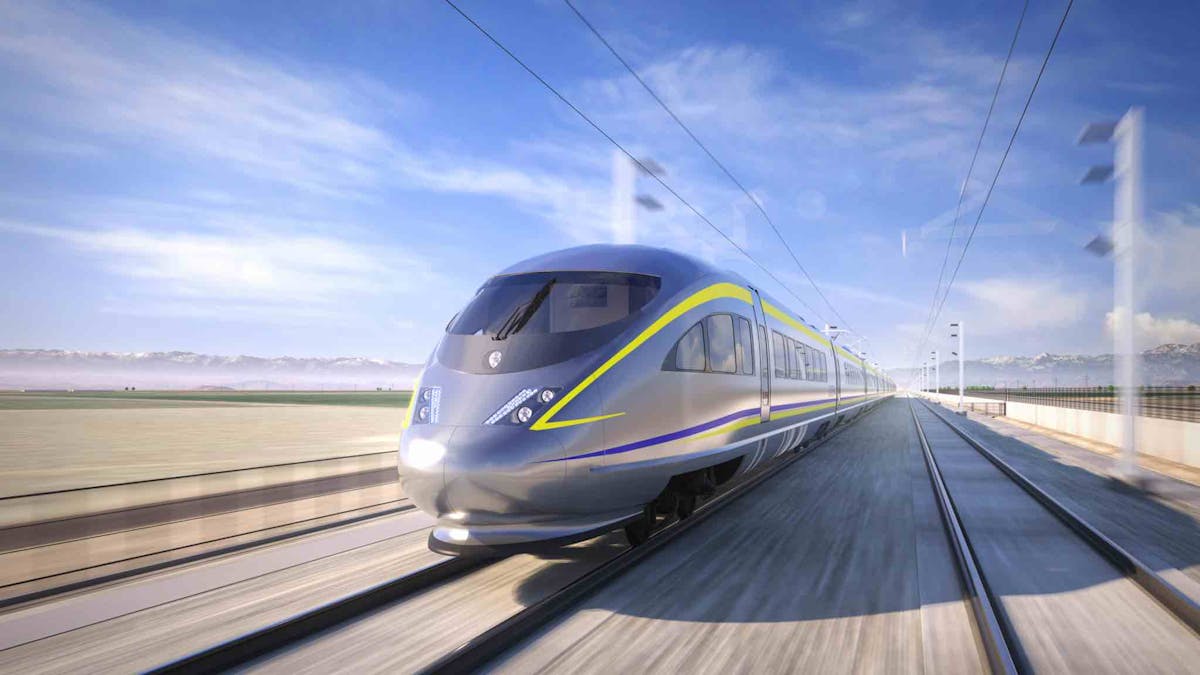Trump Administration Threatens To Pull $4 Billion in Funding for California’s ‘Train to Nowhere’
‘There’s no viable path to complete the rail project on time or on budget,’ the transportation secretary says.

Calling California’s beleaguered high-speed rail project a “boondoggle,” the Trump administration says it could terminate $4 billion in grants for the project as early as next month.
Now derided as a “train to nowhere,” the project launched during the Clinton administration and was supposed to be finished by 2020. It has faced years of delays, dramatic cost increases, and questions over whether it will ever be completed.
In February, the transportation secretary, Sean Duffy, announced an investigation into the project and a review of federal funding. A 300-page report released on Wednesday detailed missed deadlines, budget shortfalls, and an overrepresentation of estimated ridership.
American taxpayers have paid $6.9 billion of the $128 billion spent on the project over the last 15 years, according to the report.
Mr. Duffy says the project is in default. “Here’s the cold, hard truth — there’s no viable path to complete the rail project on time or on budget,” Mr. Duffy said in a post on X. “California is on notice — if they can’t deliver on their end of the deal, it could soon be time for these funds to flow to other projects.”
The high-speed rail project was initially supposed to stretch between San Francisco and Los Angeles and feature trains that hit speeds of more than 200 miles per hour. At the moment, 119 miles of the 500-mile first phase of the project are under active construction but nothing has been completed.
When voters first approved the plan for the rail project in 2008, it was supposed to come with a price tag of $32 billion and be completed by 2020.
A February report from California’s inspector general estimated that the total cost of the project will exceed $100 billion. The state has spent roughly $14 billion on the segment between Merced and Bakersfield, and officials hope that it will be completed sometime between 2030 and 2033. The transportation department report, however, says even the 2033 date looks iffy at the moment.
The project managers already told state lawmakers earlier this year they needed $7 billion in new funding by June 2026 or the project could grind to a halt. The line is now expected to cost $206 million per mile. Similar projects in Europe and Asia cost about $10 million per mile, according to some estimates.
